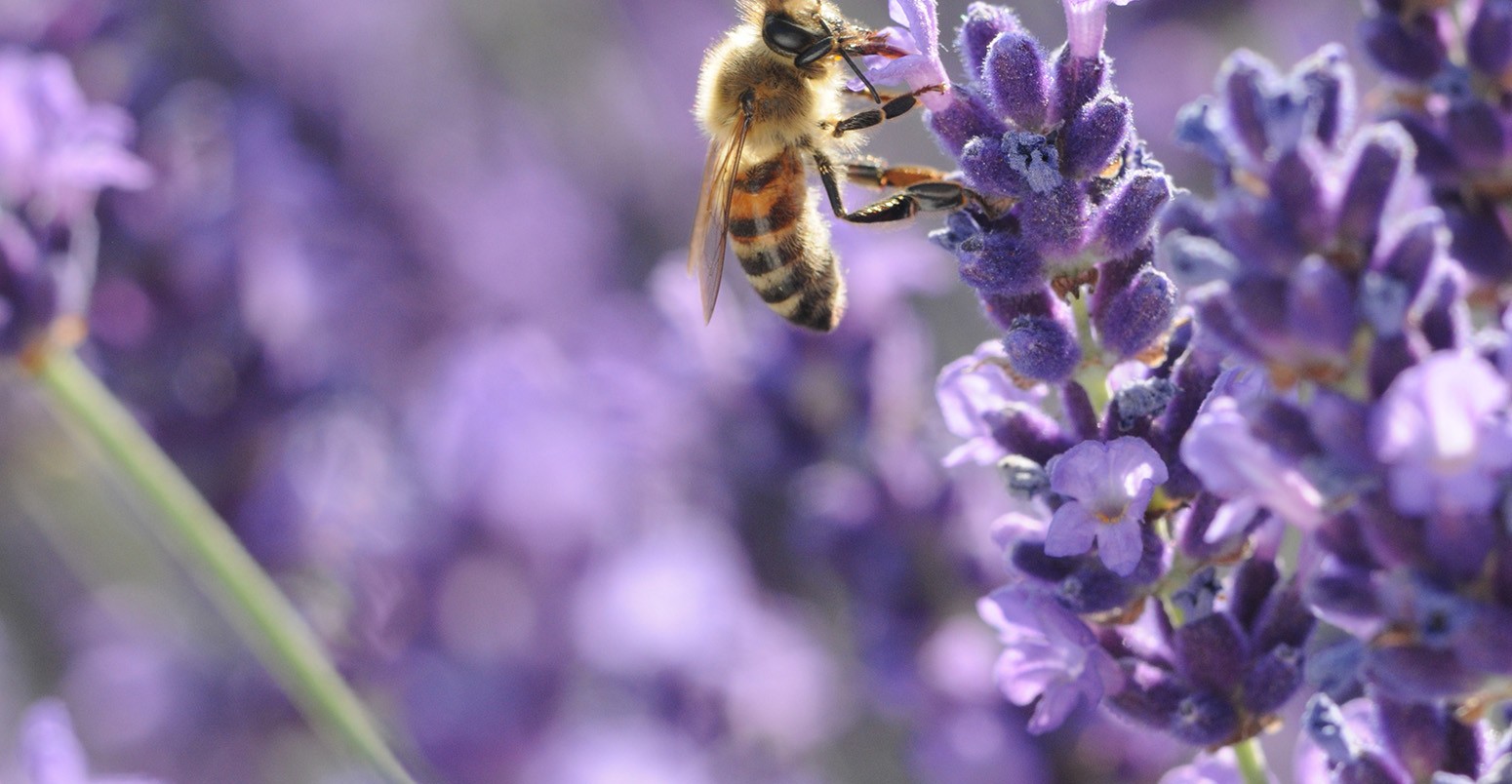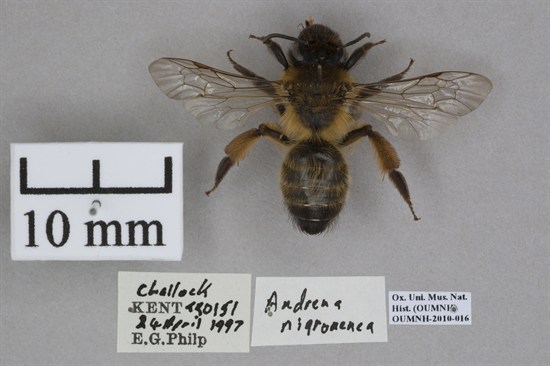
Climate change puts bees and flowering plants out of sync
Robert McSweeney
11.06.14Warmer spring temperatures are causing bees to hatch earlier, putting them out of sync with the flowers that they pollinate, a new study shows.
The researchers say the study is the first of its kind to show climate change affecting the sort of relationships between species that have evolved together over millions of years.
Successful pollination
Pollination by insects is hugely important for many plants. Insects are responsible for pollinating around 80-85 per cent of commercial crops, for example, amounting to around a third of global food production.
Successful pollination depends on insects being active at the same time the plants are flowering, and many plants have evolved specifically to attract particular insects.
The flowers of the Ophrys sphegodes, or ‘Early spider orchid’, for example, look like the female of its principal pollinator, the Andrena nigroaenea bee. The orchid even gives off a similar scent as the female.
This fools the male bees into thinking the flowers are females, and so they try to mate with them. Through this process, known as ‘pseudocopulation’, the bees unwittingly spread the orchid’s pollen as they fly from flower to flower.
So far, so sordid. But the new study, published in Current Biology, finds that climate change is affecting this relationship, with implications for spider orchids and other plants that rely on pollinators.
The flight of the mining bee
The A. nigroaenea bee is a type of mining bee, so-called because they nest in the ground. The bees are solitary, so they don’t live in colonies like the honeybee. They are also one of the earliest bees to hatch in spring.

A female Andrena nigroaenea mining bee. Museum of Natural History, University of Oxford.
The researchers compare records of their ‘flight dates’ each spring in the British Isles with the date of peak flowering of the spider orchid. They used a combination of field records from 1975 to 2009, and museum records from 1893-2007.
To see how these dates varied with temperature, the researchers compare them with the Central England Temperature (CET) record over the same period. The CET is the longest instrumental temperature record in the world, providing daily and monthly temperatures averaged over a roughly-triangular area between the three points of London, Bristol and Lancashire.
Their analysis shows that warmer spring temperatures have more of an impact on the bees than the peak flowering of the orchid – making the bees take to the wing earlier, but not affecting the first flowering of the orchid as much.
Hatching earlier
The researchers find that for each degree of warming in spring, male bees hatch around nine days earlier. For females, it’s around 16 days. For the orchid, however, peak flowering is only six days earlier per degree.
Additionally, while females typically hatch around four days later than the males, in warmer springs, the researchers find they were more likely to hatch at a similar time.
So as temperatures rise, not only are male bees more likely to emerge before the peak flowering of the orchid, there will be more female bees for them to mate with. Just a two degree temperature rise was enough to change this synchronisation, the study finds.
As a result, the orchids will be less likely to be pollinated by the males, which means they will produce fewer seeds, and hence fewer new plants.
Progressive disruption
According to the researchers, this study is “the first clear example, supported by long-term data, of the potential for climate change to disrupt critical relationships between species.”
While most plants have more than one insect than pollinates them, the research demonstrates how climate change can affect relationships between species. And that could have wider implications. As lead researcher, Professor Anthony Davy, warns in the press release:
There will be progressive disruption of pollination systems with climatic warming, which could lead to the breakdown of coevolved interactions between species because they either respond either to different seasonal cues, or to the same cues at different rates.
Main image: Bee searching for nectar. Credit: Jenter/Shutterstock.
Robbirt, K. M., et al. (2014) Potential disruption of pollination in a sexually deceptive orchid by climatic change, Current Biology.


